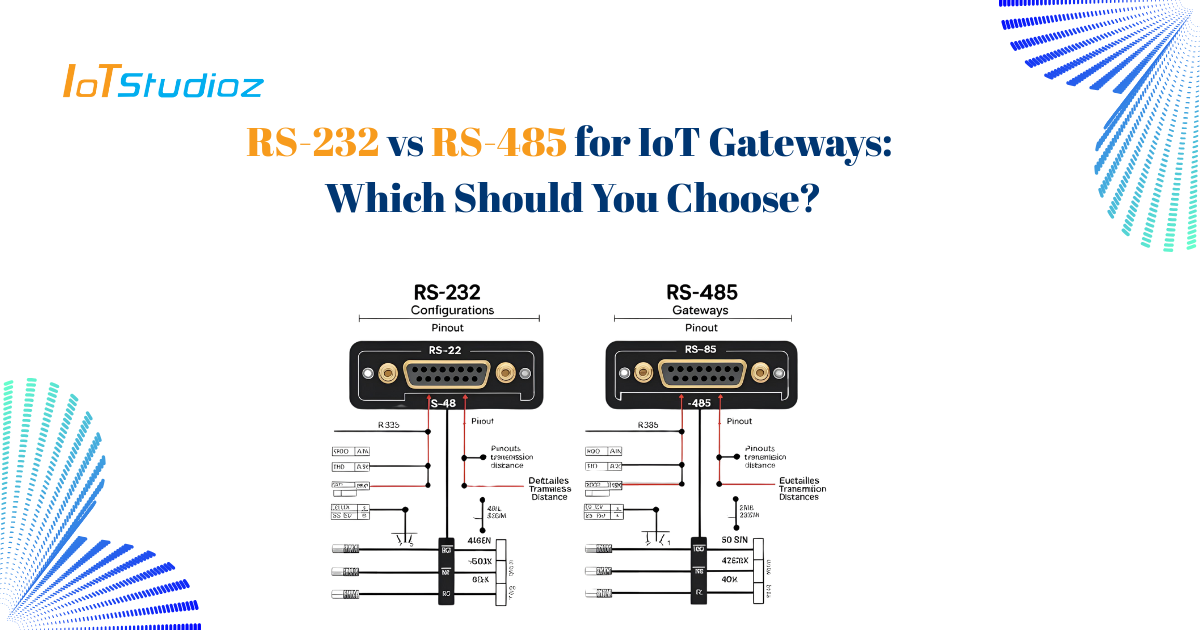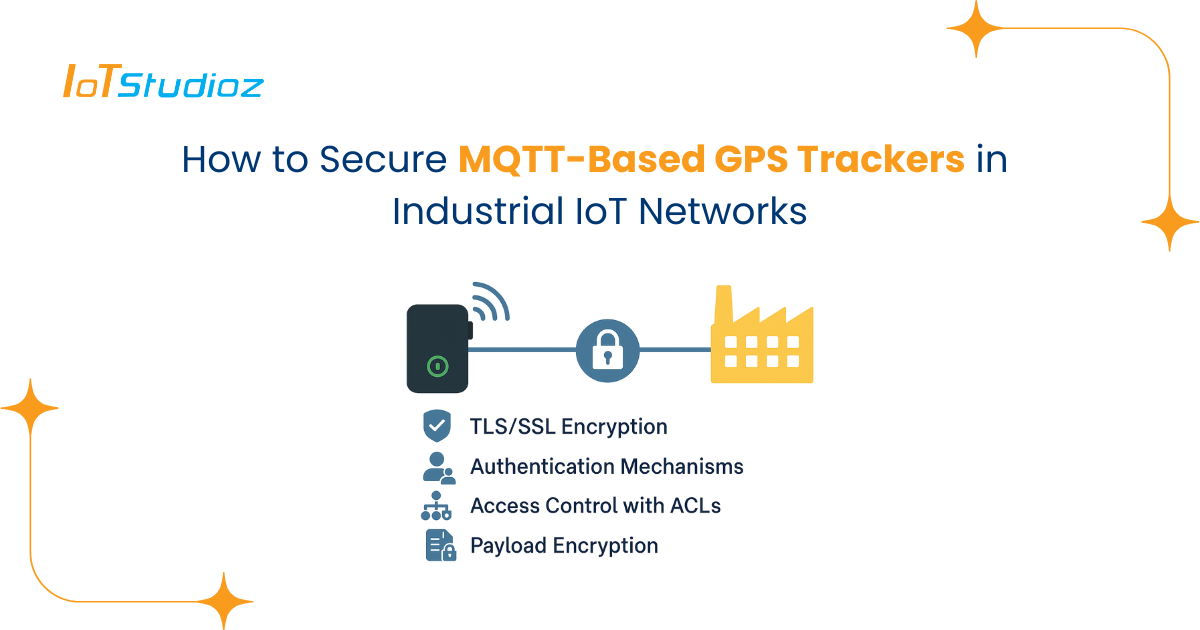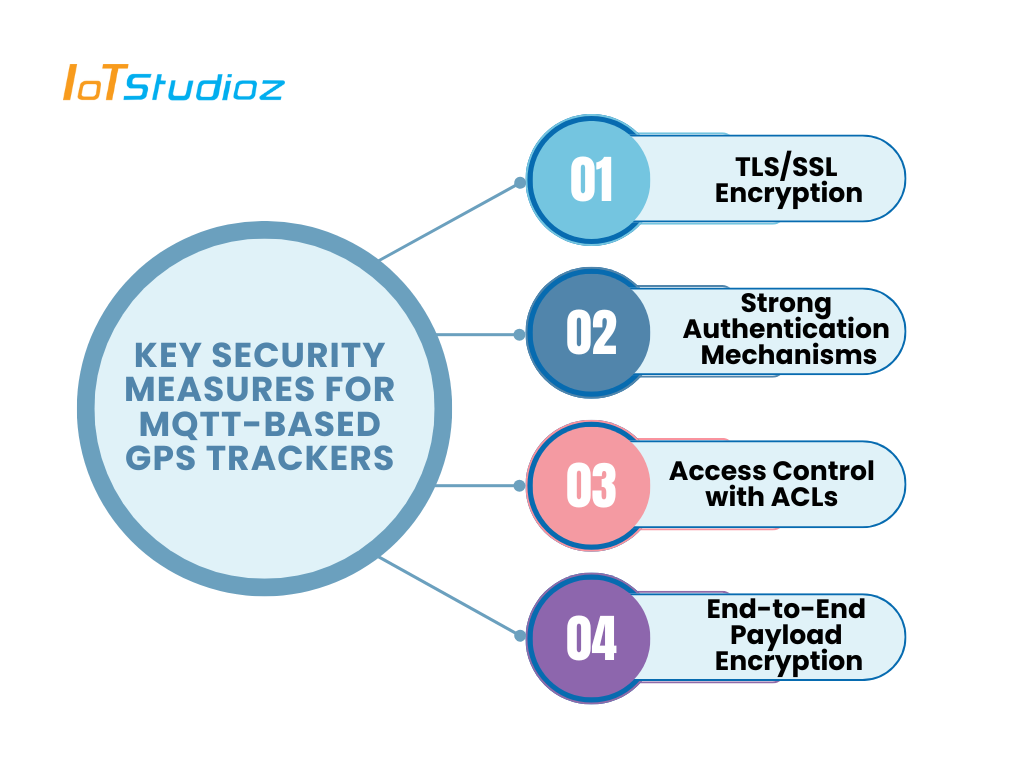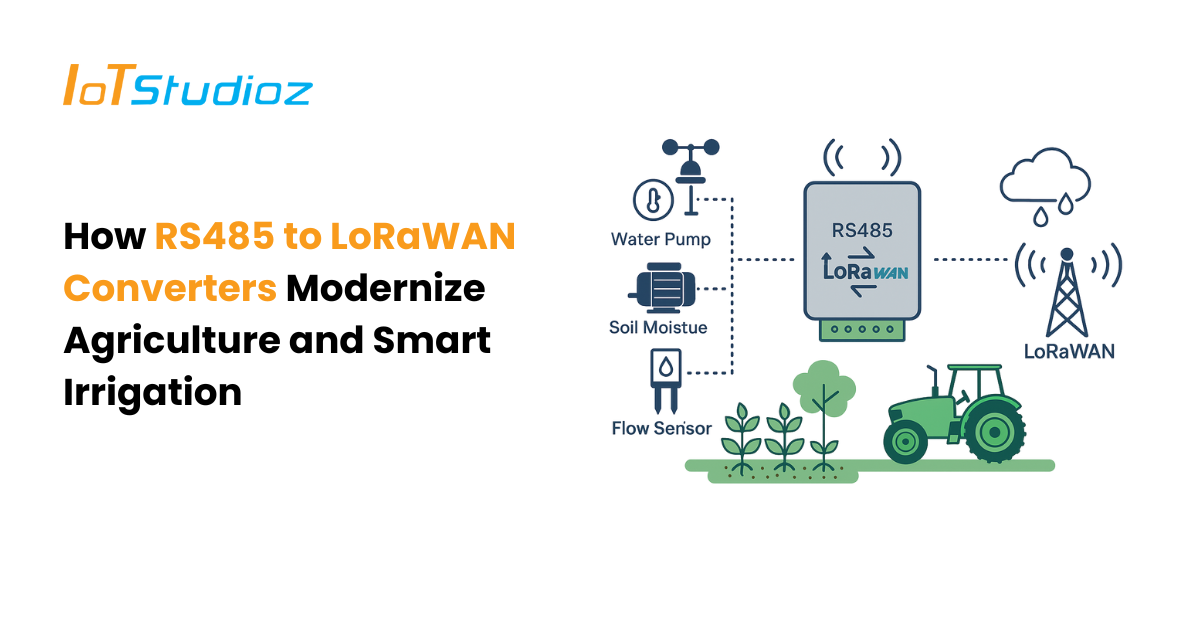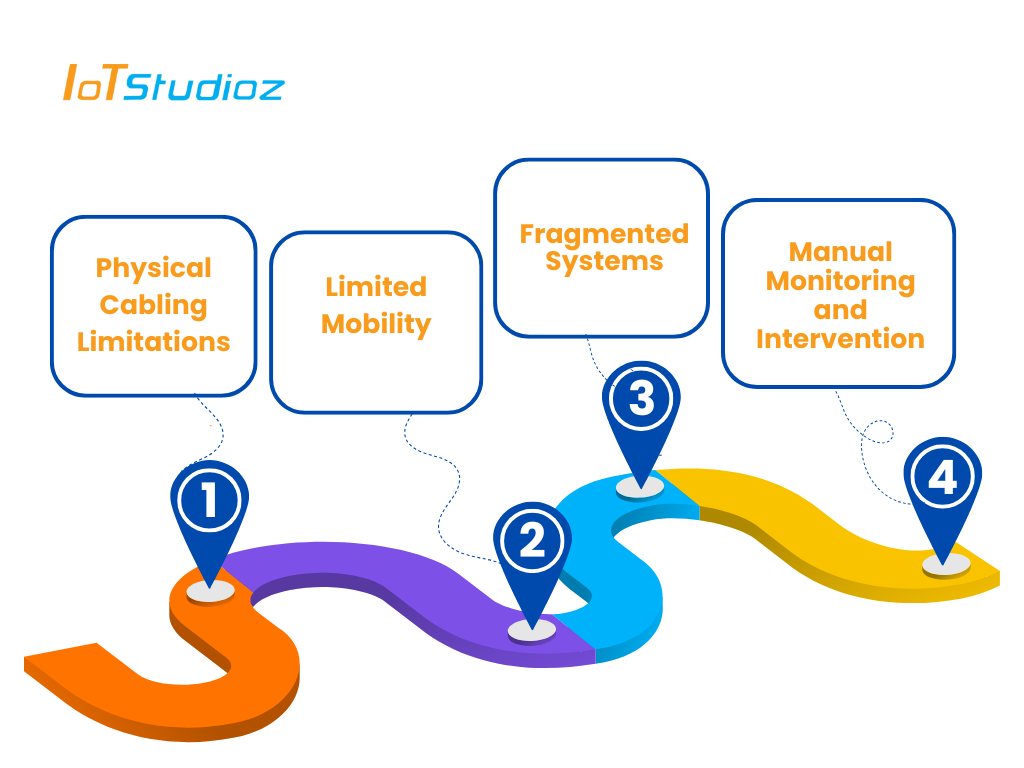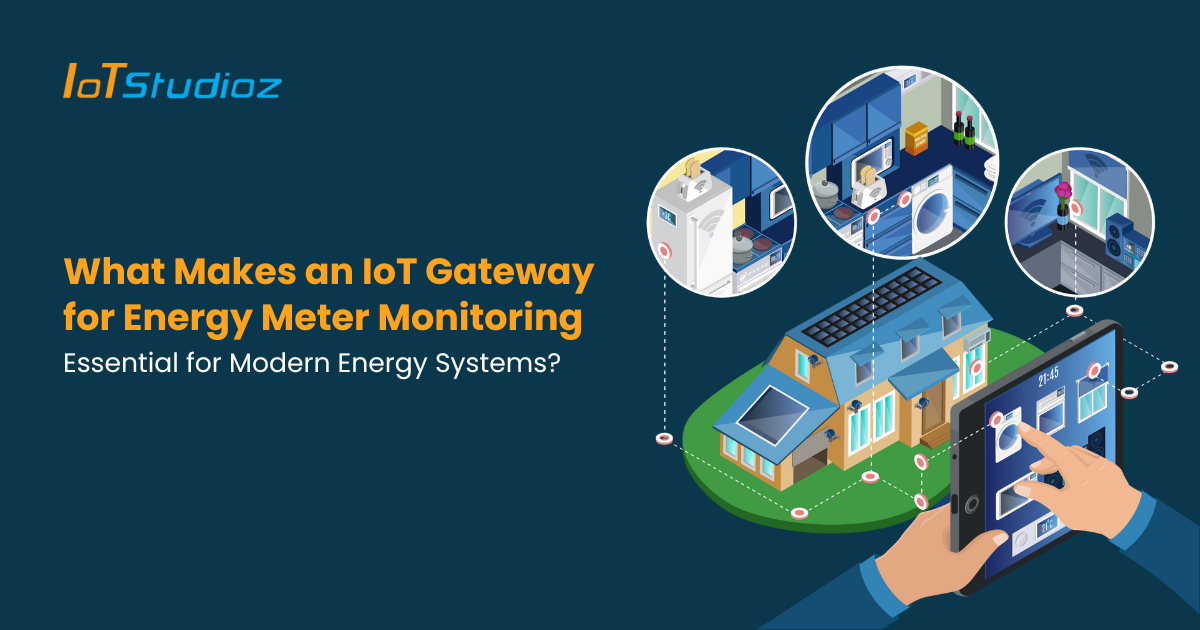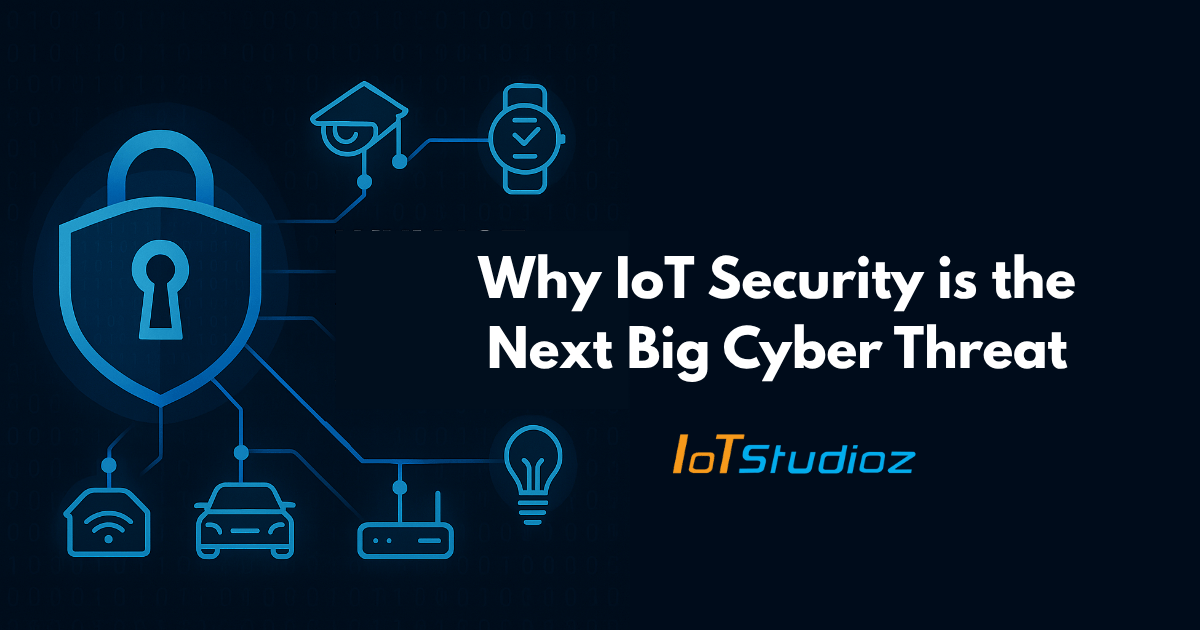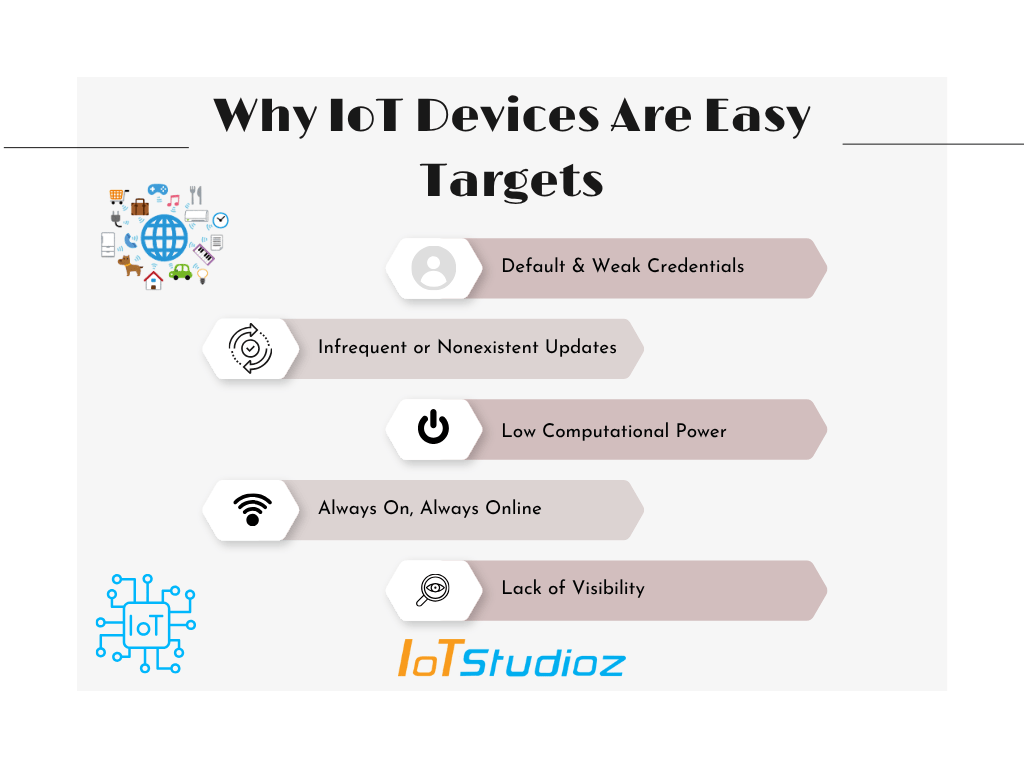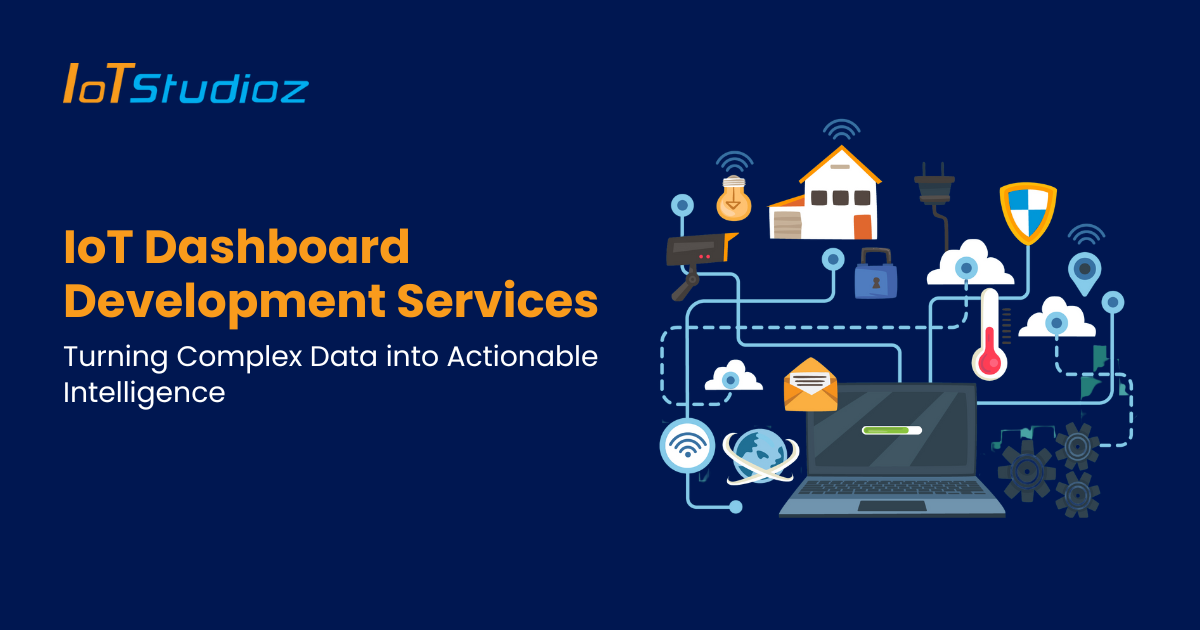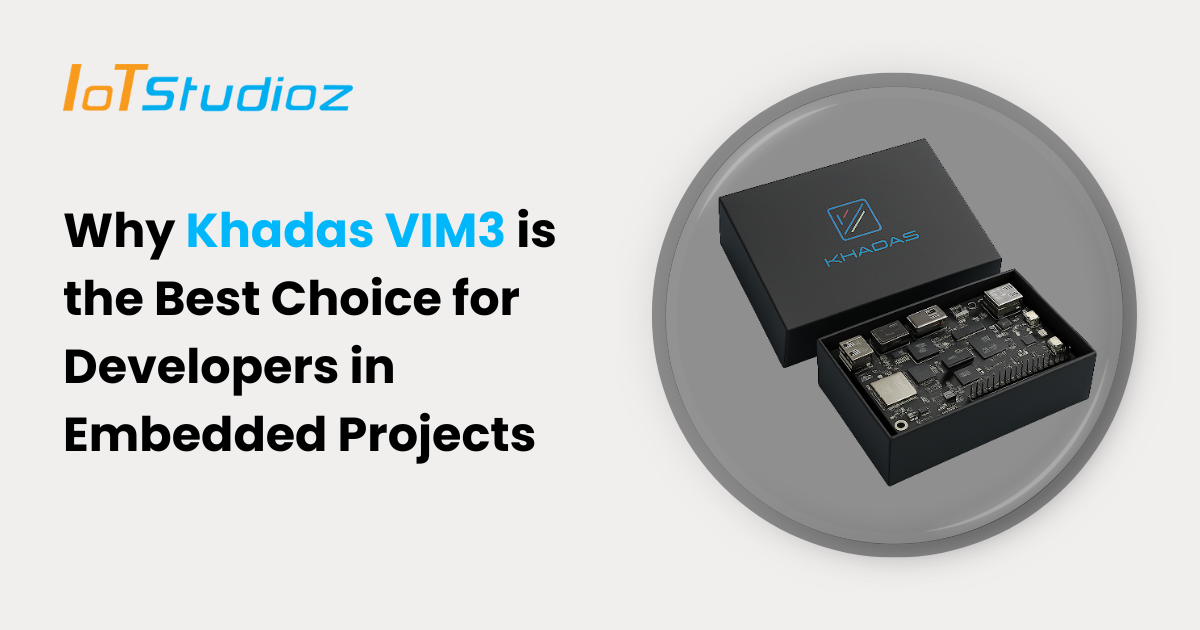In the evolving world of the Internet of Things (IoT), legacy serial communication standards like RS-232 and RS-485 still play a critical role in connecting old hardware to new, smart infrastructure. While Ethernet, Wi-Fi, and cellular are gaining popularity, a significant number of industrial machines, environmental sensors, and automation systems still rely on serial communication.
Choosing between RS-232 vs RS-485 for an IoT Gateway can be confusing, especially for engineers or decision-makers integrating older devices into modern IoT networks. Both protocols have been around for decades, and both offer unique advantages depending on the application.
What Is an IoT Gateway?
An IoT Gateway acts as a bridge between edge devices (sensors, controllers, machines) and centralized systems like cloud platforms, mobile apps, or on-premise servers. It facilitates data collection, protocol conversion, edge analytics, and secure transmission across the network.
Key Functions of an IoT Gateway:
- Protocol Translation: Converts data between different protocols (e.g., Modbus RTU to MQTT) for seamless device-cloud communication.
- Edge Computing: Processes and filters data locally to reduce latency and bandwidth usage.
- Security: Protects data with encryption, firewalls, and user authentication.
- Device Management: Handles remote configuration, firmware updates, and monitoring of connected devices.
- Data Buffering: Stores data temporarily during network outages to prevent data loss.
- Cloud/On-Premise Integration: Connects devices to cloud platforms or local enterprise systems.
Many IoT gateways come equipped with serial ports (RS-232/RS-485), making it possible to integrate non-IP-based legacy equipment into modern digital systems.
Understanding RS-232 and RS-485 Protocols
RS-232 (Recommended Standard 232):
- Developed by the Electronic Industries Association (EIA) in the 1960s
- Designed for point-to-point communication (one transmitter, one receiver)
- Uses single-ended signaling (voltage referenced to ground)
RS-485 (Recommended Standard 485):
- Introduced in the 1980s as a more robust and flexible alternative
- Support multi-point communication (up to 32 nodes or more with repeaters)
- Uses differential signaling (A and B lines) for greater noise resistance and longer distance
RS-232 vs RS-485: Technical Comparison
| Feature | RS-232 | RS-485 |
| Topology | Point-to-point | Multi-point (bus topology) |
| Distance | Up to 15 meters (50 feet) | Up to 1200 meters (4000 feet) |
| Max Devices | 1 transmitter & 1 receiver | 32 transmitters & 32 receivers (or more) |
| Data Rate | Up to 115.2 kbps | Up to 10 Mbps (over short distances) |
| Wiring | 3 wires (Tx, Rx, GND) | 2 wires (A, B) + optional GND |
| Signal Type | Single-ended | Differential (balanced) |
| Noise Immunity | Low | High |
| Duplex Mode | Full-duplex | Half-duplex (usually) |
| Hardware Complexity | Simple | Moderate (requires proper termination) |
Typical Use Cases in IoT
RS-232 Use Cases:
- Simple device integration (e.g., barcode readers, printers, modems)
- Industrial lab instruments like oscilloscopes or voltmeters
- Short distance control systems (e.g., access gates)
- POSterminals and ATM machines
RS-485 Use Cases:
- Industrial control systems (PLCs, SCADA)
- Building automation systems (HVAC, fire alarms, elevators)
- Energy monitoring (smart meters, solar inverters)
- Remote monitoring of pumps, sensors, and field instruments
- Agricultural systems in greenhouses or irrigation networks
Advantages and Disadvantages of RS-232
Advantages
- Simplicity: Easy to implement and widely supported by older devices.
- Full-Duplex Communication: Supports simultaneous send/receive data.
- Low Cost: Basic wiring and no need for complex configuration.
Disadvantages
- Distance Limitation: Effective only for short-range communication.
- Device Limitation: Supports only two devices (1:1 communication).
- Poor Noise Resistance: Not suitable for industrial or high-EMI environments.
Advantages and Disadvantages of RS-485
Advantages
- Long Range: Up to 1.2 km of reliable communication.
- Multi-Drop Capability: Can connect 32+ devices on a single bus.
- High Noise Immunity: Excellent for harsh industrial environments.
- Higher Data Rates: Can transmit faster than RS-232 in most scenarios.
Disadvantages
- Half-Duplex Communication: Only one device can transmit at a time (usually).
- More Complex Wiring: Requires twisted pair wiring and correct termination.
- Devce Addressing Required: Needs unique addressing for each device.
Choosing the Right Protocol for Your IoT Gateway
Consider These Questions:
- How many devices are you connecting?
→ If only one, RS-232 may suffice. For many, choose RS-485. - What is the distance between the IoT Gateway and the end device?
→ RS-232 is fine for under 15 meters. RS-485 handles 1000+ meters easily. - Is the environment electrically noisy?
→ RS-485 is more robust in factories, plants, or outdoors. - Does your device support only one protocol?
→ Use the one your device natively supports unless you can add converters. - Do you plan to scale your network in the future?
→ RS-485 provides greater flexibility for expansion.
Quick Decision Table
| Scenario | Best Choice |
| Connecting one device over short distance | RS-232 |
| Long-range communication with one or many devices | RS-485 |
| Harsh environment with electrical interference | RS-485 |
| Simple setup without addressing or bus config | RS-232 |
| Future-ready industrial IoT network | RS-485 |
Conclusion
The choice between RS-232 and RS-485 for IoT Gateways depends largely on distance, environment, and network topology. While RS-232 offers ease of use and is suitable for point-to-point communication, RS-485 is the preferred protocol in most industrial and scalable IoT applications due to its long-distance support, noise immunity, and multi-device capabilities.
In many cases, modern IoT Gateways are designed to support both RS-232 and RS-485, giving you the flexibility to connect different devices without additional converters.
If your organization is modernizing legacy infrastructure or expanding IoT deployments, evaluating your serial communication needs is essential for a robust and scalable architecture.
Frequently Asked Questions
Q1: Can I convert RS-232 to RS-485 using an adapter?
Yes. RS-232 to RS-485 converters are available and widely used in retrofitting projects where legacy devices need to communicate on RS-485 networks.
Q2: What happens if RS-485 wiring is not terminated properly?
Improper termination can lead to data reflections, causing communication errors or total failure in transmission.
Q3: Can RS-485 be used with wireless IoT gateways?
Indirectly, yes. RS-485 can connect field devices to a wireless-capable IoT gateway, which then transmits data via Wi-Fi, LTE, or LoRaWAN.
Q4: Do all IoT devices support both RS-232 and RS-485?
No. Support depends on the device manufacturer. However, many industrial-grade IoT gateways are designed to handle both protocols.
Q5: Can I use both RS-232 and RS-485 on the same IoT Gateway?
Yes, many modern gateways offer multiple serial ports or configurable serial interfaces allowing simultaneous RS-232 and RS-485 connections.

